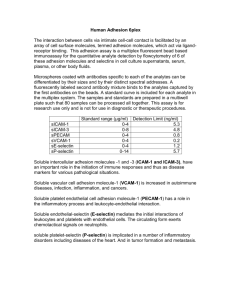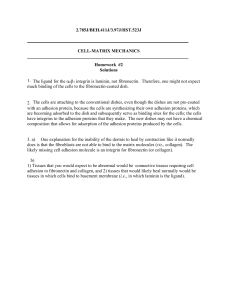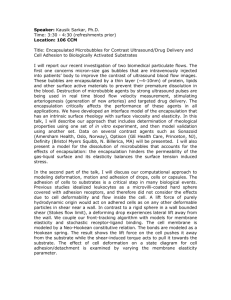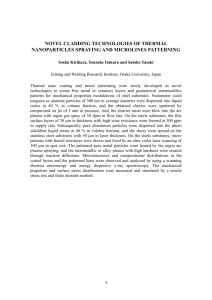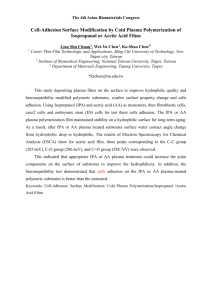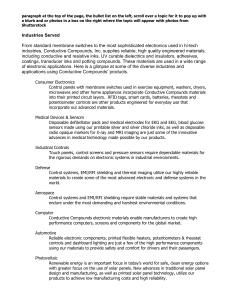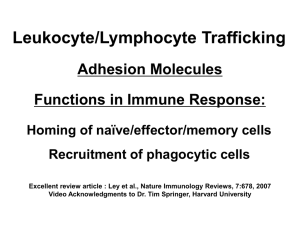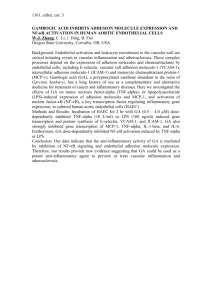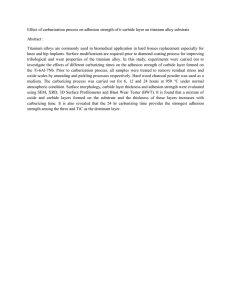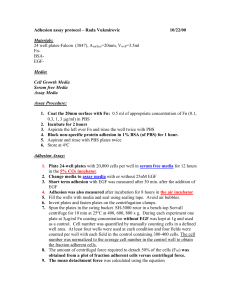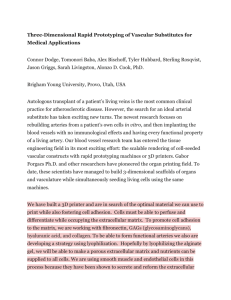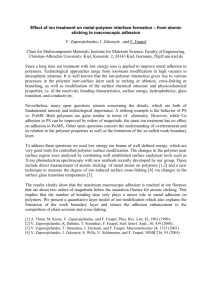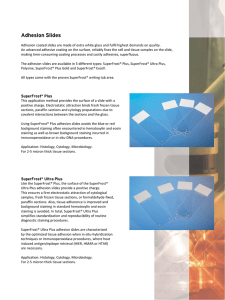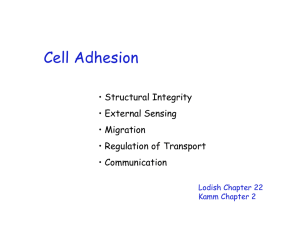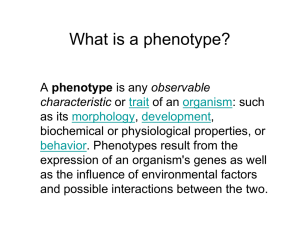Adhesion Testing of Printed Metallic Inks on Various Substrates
advertisement
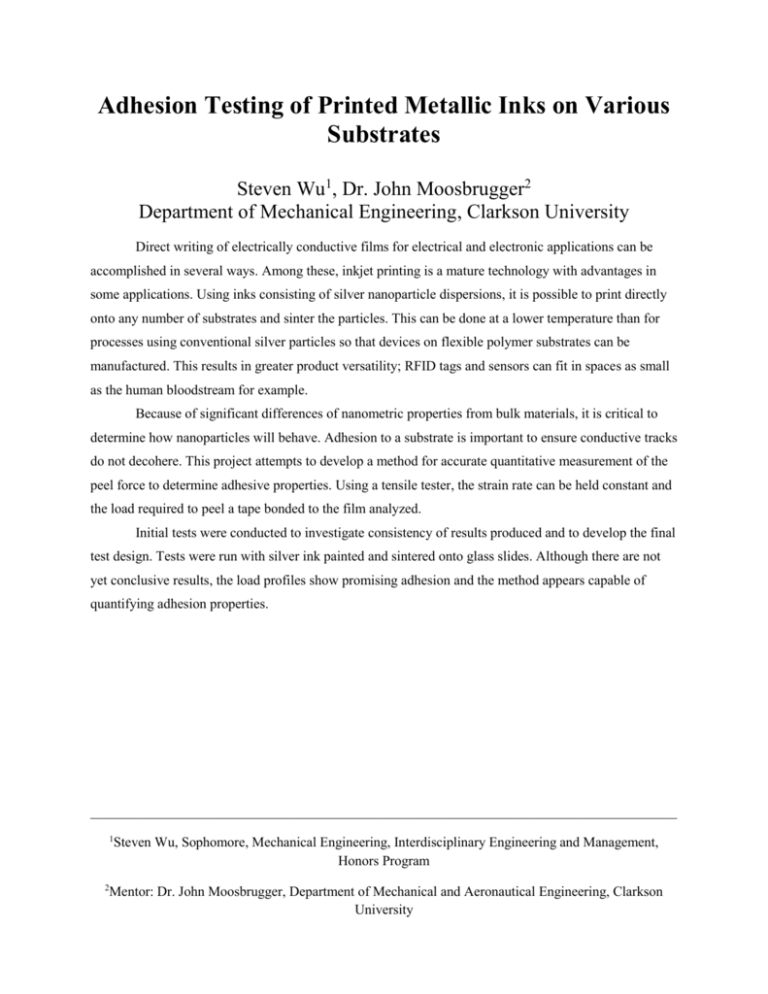
Adhesion Testing of Printed Metallic Inks on Various Substrates Steven Wu1, Dr. John Moosbrugger2 Department of Mechanical Engineering, Clarkson University Direct writing of electrically conductive films for electrical and electronic applications can be accomplished in several ways. Among these, inkjet printing is a mature technology with advantages in some applications. Using inks consisting of silver nanoparticle dispersions, it is possible to print directly onto any number of substrates and sinter the particles. This can be done at a lower temperature than for processes using conventional silver particles so that devices on flexible polymer substrates can be manufactured. This results in greater product versatility; RFID tags and sensors can fit in spaces as small as the human bloodstream for example. Because of significant differences of nanometric properties from bulk materials, it is critical to determine how nanoparticles will behave. Adhesion to a substrate is important to ensure conductive tracks do not decohere. This project attempts to develop a method for accurate quantitative measurement of the peel force to determine adhesive properties. Using a tensile tester, the strain rate can be held constant and the load required to peel a tape bonded to the film analyzed. Initial tests were conducted to investigate consistency of results produced and to develop the final test design. Tests were run with silver ink painted and sintered onto glass slides. Although there are not yet conclusive results, the load profiles show promising adhesion and the method appears capable of quantifying adhesion properties. _____________________________________________________________________________________ 1 Steven Wu, Sophomore, Mechanical Engineering, Interdisciplinary Engineering and Management, Honors Program 2 Mentor: Dr. John Moosbrugger, Department of Mechanical and Aeronautical Engineering, Clarkson University

